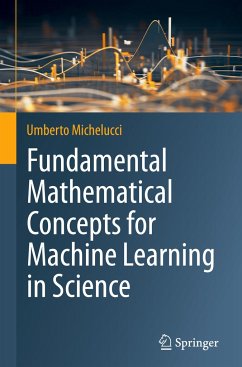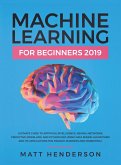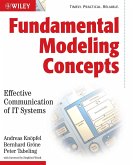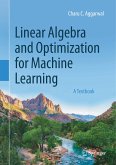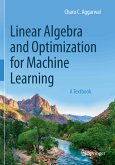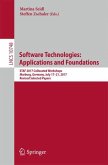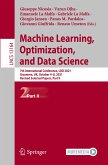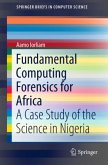This book is for individuals with a scientific background who aspire to apply machine learning within various natural science disciplines-such as physics, chemistry, biology, medicine, psychology and many more. It elucidates core mathematical concepts in an accessible and straightforward manner, maintaining rigorous mathematical integrity. For readers more versed in mathematics, the book includes advanced sections that are not prerequisites for the initial reading. It ensures concepts are clearly defined and theorems are proven where it's pertinent. Machine learning transcends the mere implementation and training of algorithms; it encompasses the broader challenges of constructing robust datasets, model validation, addressing imbalanced datasets, and fine-tuning hyperparameters. These topics are thoroughly examined within the text, along with the theoretical foundations underlying these methods. Rather than concentrating on particular algorithms this book focuses on the comprehensive concepts and theories essential for their application. It stands as an indispensable resource for any scientist keen on integrating machine learning effectively into their research.
Numerous texts delve into the technical execution of machine learning algorithms, often overlooking the foundational concepts vital for fully grasping these methods. This leads to a gap in using these algorithms effectively across diverse disciplines. For instance, a firm grasp of calculus is imperative to comprehend the training processes of algorithms and neural networks, while linear algebra is essential for the application and efficient training of various algorithms, including neural networks. Absent a solid mathematical base, machine learning applications may be, at best, cursory, or at worst, fundamentally flawed. This book lays the foundation for a comprehensive understanding of machine learning algorithms and approaches.
Numerous texts delve into the technical execution of machine learning algorithms, often overlooking the foundational concepts vital for fully grasping these methods. This leads to a gap in using these algorithms effectively across diverse disciplines. For instance, a firm grasp of calculus is imperative to comprehend the training processes of algorithms and neural networks, while linear algebra is essential for the application and efficient training of various algorithms, including neural networks. Absent a solid mathematical base, machine learning applications may be, at best, cursory, or at worst, fundamentally flawed. This book lays the foundation for a comprehensive understanding of machine learning algorithms and approaches.

